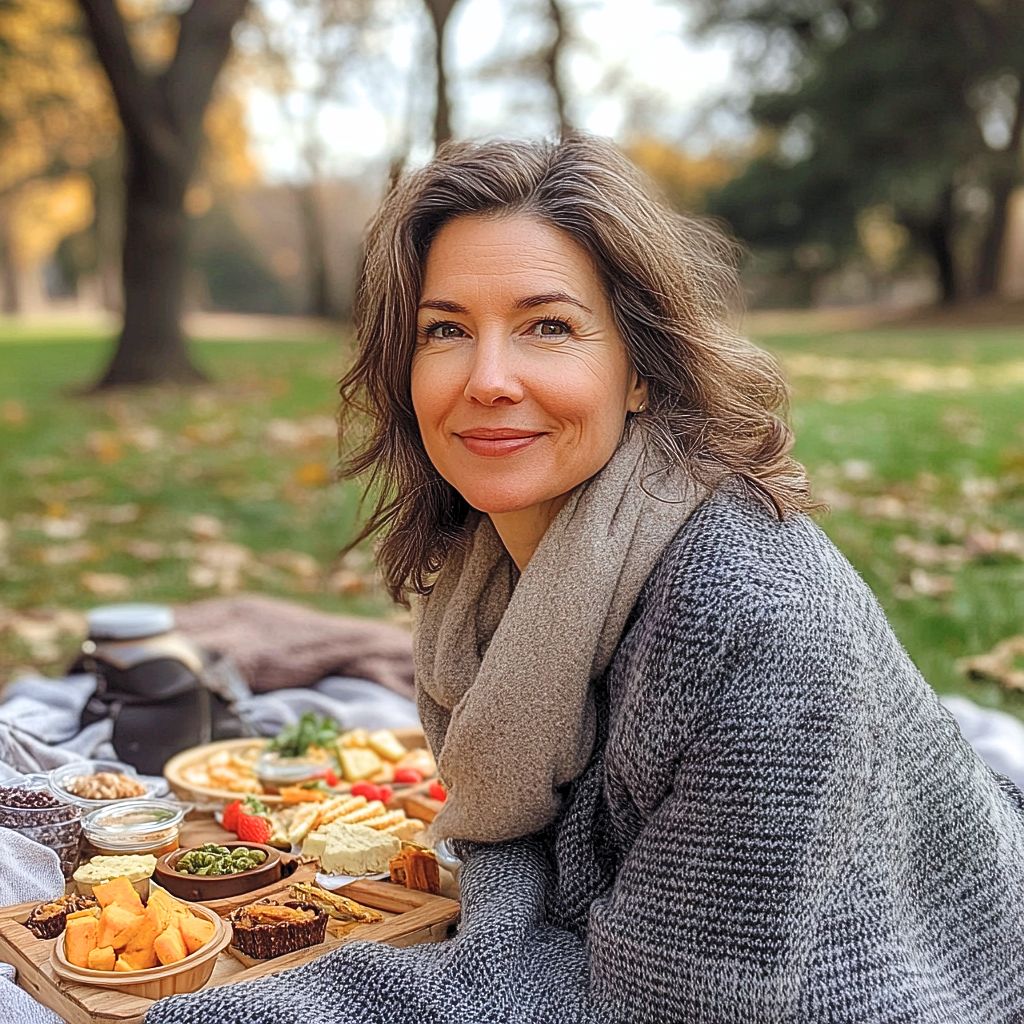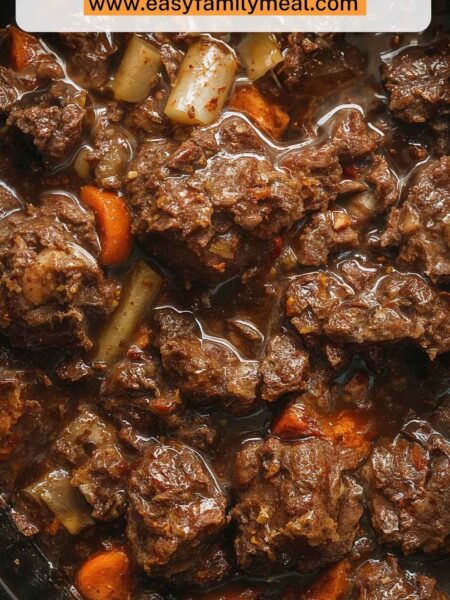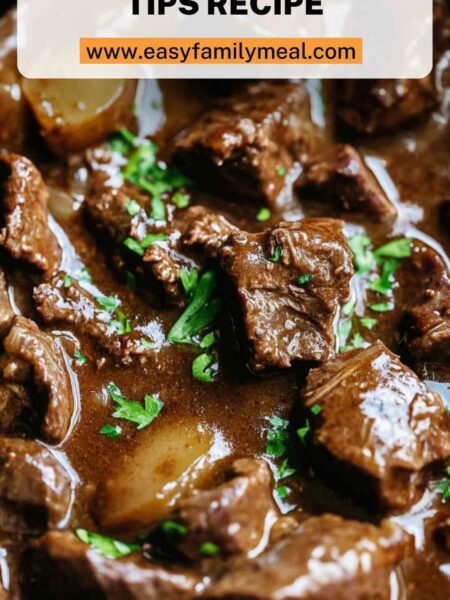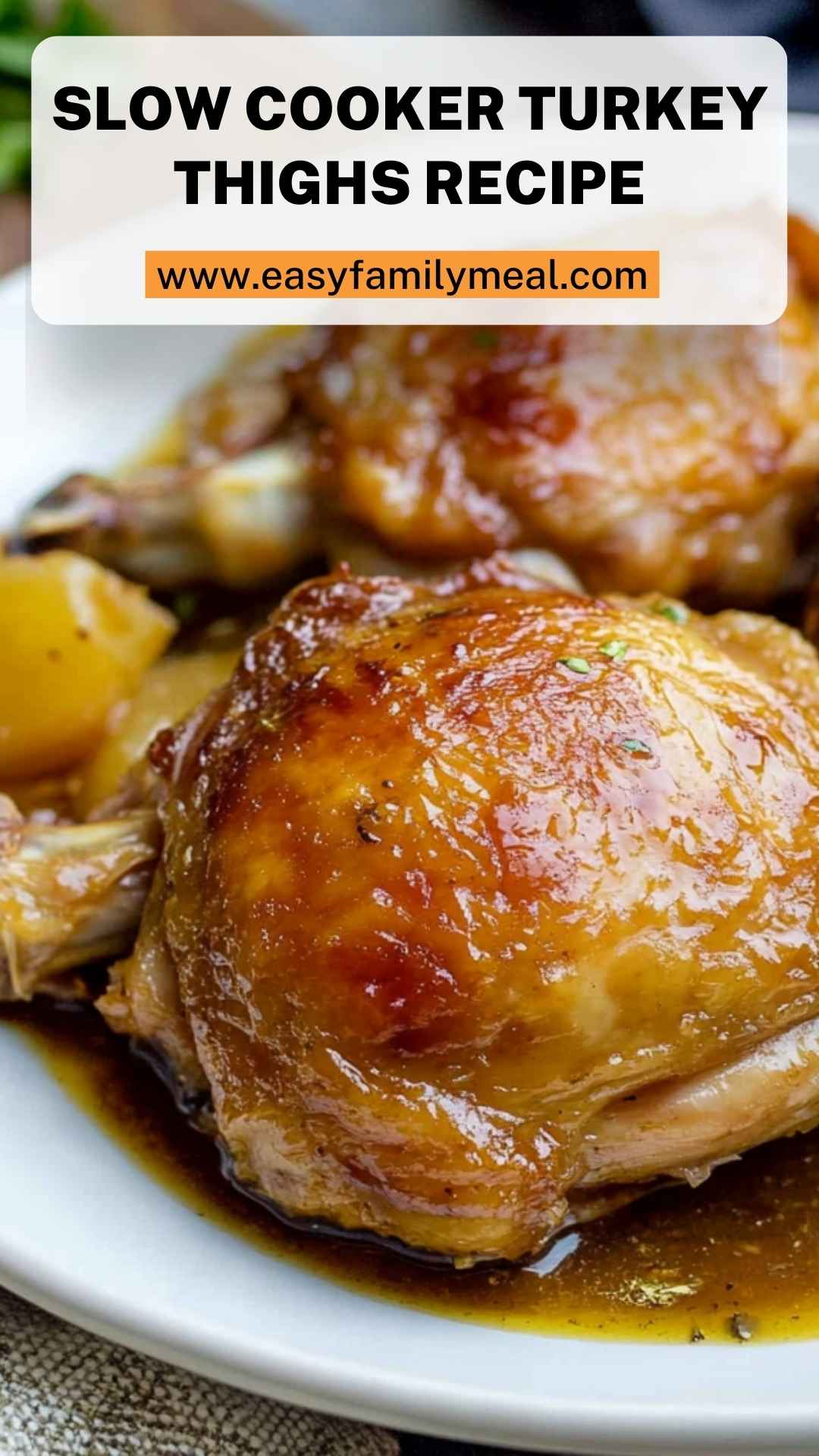When it comes to pairing with prime rib roast, a few accompaniments take the spotlight. Think creamy horseradish sauce or a tangy balsamic reduction to cut through the richness of the beef.
A classic Yorkshire pudding provides that comforting, pillowy contrast, while garlic mashed potatoes elevate the dish further. Lastly, a fresh green salad helps to cleanse the palate and round out the meal.
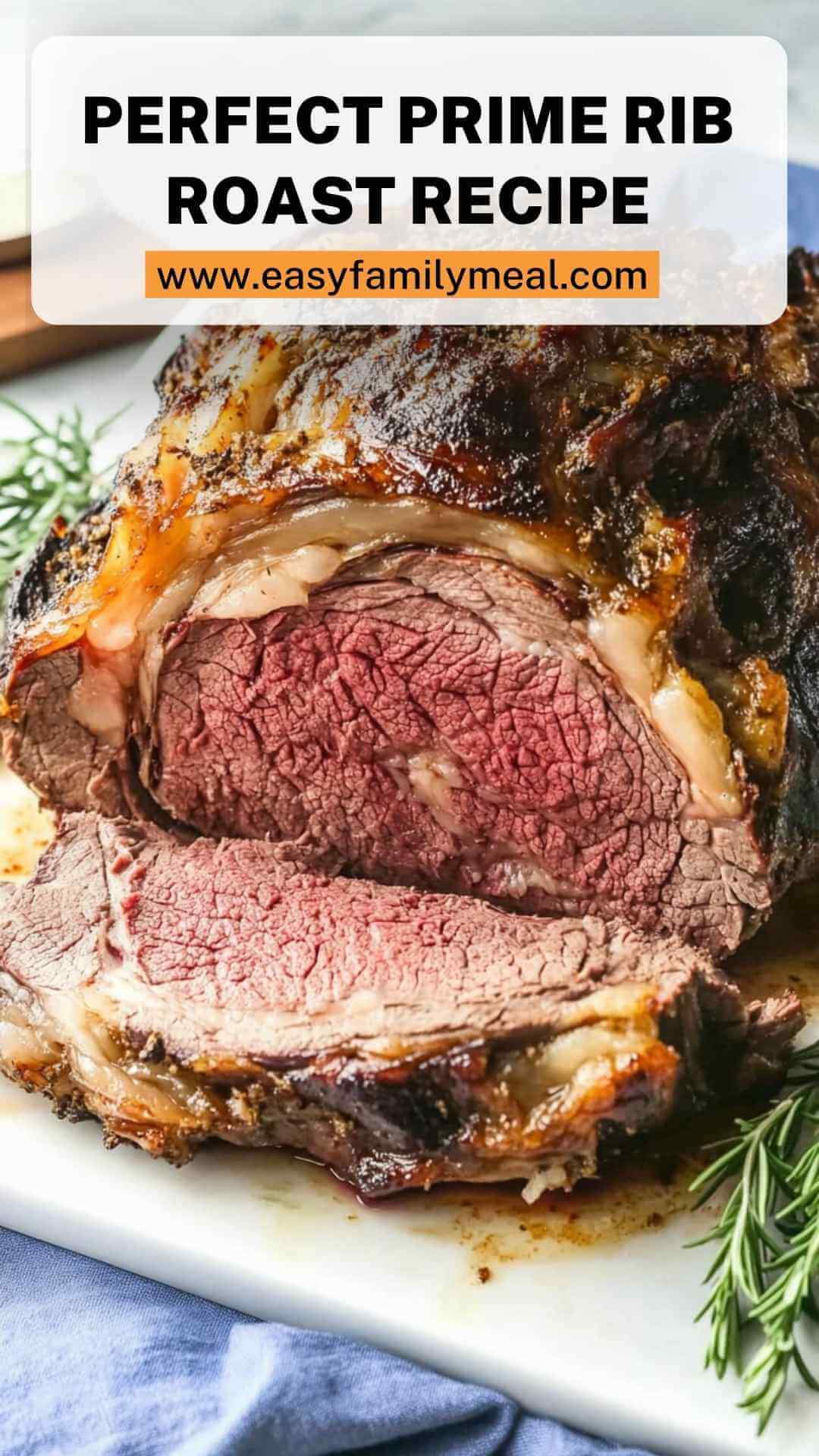
What is Perfect Prime Rib Roast?
Simply put, prime rib roast comes from the primal rib section of the cow. It’s a tender, flavorful cut that includes ribeye and is often sold bone-in.
Cooking it properly results in juicy meat with a delightful crust. What’s more, prime rib is a cut of meat that truly shines when roasted.
What Does It Taste Like?
The taste of a perfect prime rib is a delicious blend of savory and rich. With just the right seasoning, you’ll experience a melt-in-your-mouth texture that has a juicy, buttery mouthfeel.
It’s the type of dish where the first bite has you nodding in approval—you just know that this is something special.
Why This Recipe Works
Now, let’s get into why this recipe for prime rib roast stands out. These reasons aren’t just fluff; they are what make this dish a winner every time.
Quality Cut of Meat
Prime rib is known for its marbling, and that marbling means flavor. Fats melt during cooking and season the meat, enhancing the overall taste. Choosing a high-quality rib roast is non-negotiable. Seek out USDA Prime or Choice cuts to ensure the best results.
Perfectly Balanced Seasoning
This recipe keeps it simple yet effective with a blend of salt, pepper, garlic powder, smoked paprika, and fragrant Italian herbs. Each ingredient plays a role in enhancing the meat’s natural flavors without overpowering it. It’s about accentuating the beef rather than disguising it.
Strategic Cooking Technique
The steps in this recipe utilize a two-step cooking method: searing followed by slow roasting. Searing creates that coveted crust, while slow roasting at a lower temperature ensures even cooking, resulting in a juicy and tender roast. This method is a game-changer.
Impressive Presentation
Let’s be real—when you pull a perfectly roasted prime rib out of the oven, it’s a showstopper. The deep golden crust paired with the pink, juicy interior is Instagram-worthy. This dish is as much about aesthetics as it is about flavors, helping to create a wonderful dining experience.
Ingredients For Perfect Prime Rib Roast
- ¼ cup unsalted butter, softened to a spreadable consistency
- 1 tablespoon coarsely ground black pepper
- 1 teaspoon smoked paprika
- ½ teaspoon garlic powder
- 1 teaspoon aromatic Italian herb blend
- Coarse sea salt, to taste
- 1 bone-in prime rib roast (brought to room temperature)
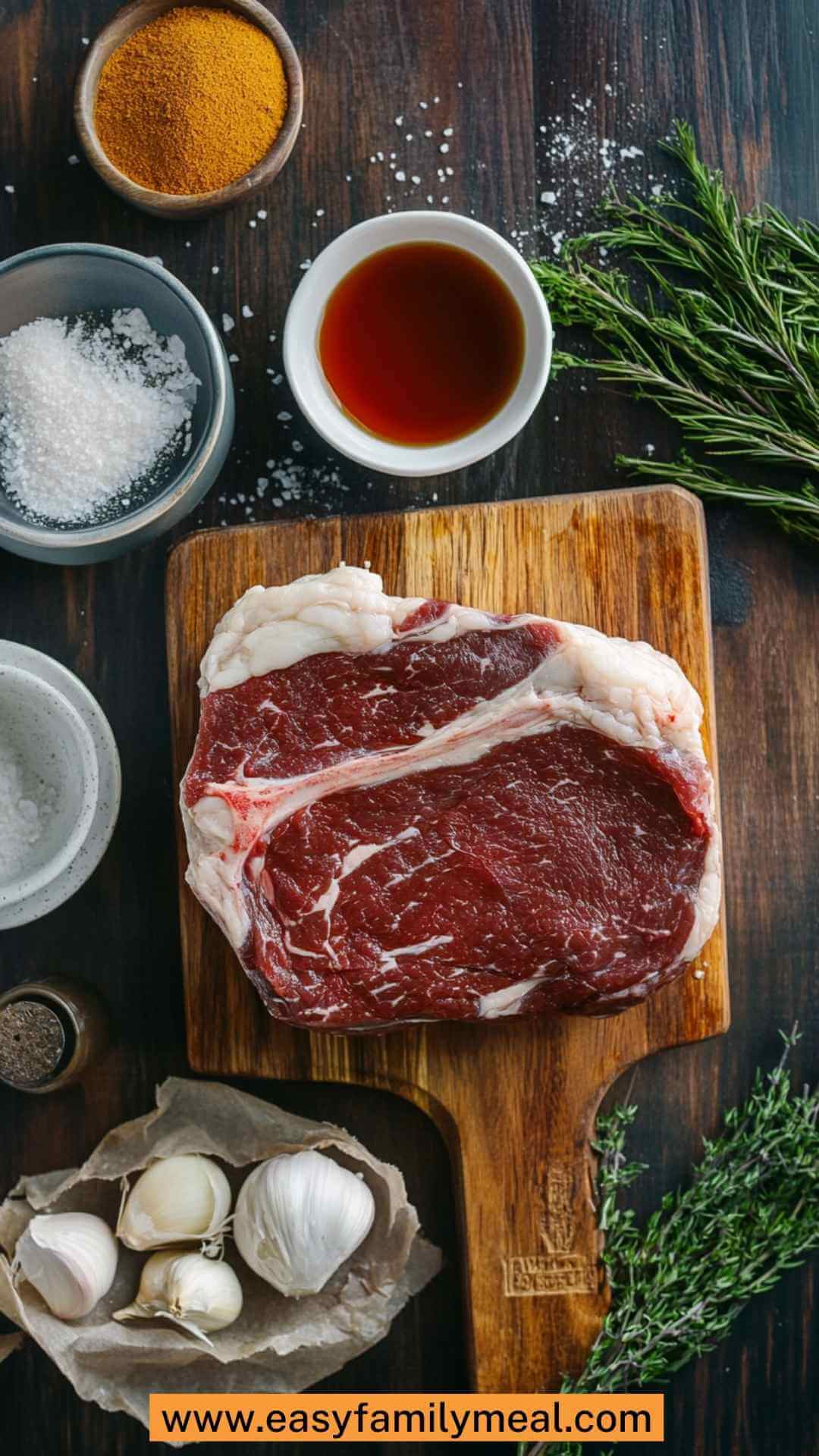
Step by Step Instructions
Step 1: Preheat the Oven
Set your oven to 450°F (232°C). Preheating ensures that your roast gets immediately sealed, locking in juices.
Step 2: Prepare the Butter Mixture
In a bowl, mix the softened butter, black pepper, smoked paprika, garlic powder, and Italian herbs. This is where the magic begins. You want everything to blend until it’s a smooth consistency.
Step 3: Season the Meat
Pat the prime rib roast dry using paper towels. Then, generously apply the butter mixture all over the meat. Don’t skip this part; it’s crucial for both flavor and crust.
Step 4: Create Your Cooking Setup
Place the roast on a rack in a roasting pan. Ensure it’s bone-side down, which helps to insulate the meat during cooking.
Step 5: Initial Roasting
Put the roast in the preheated oven for 15 minutes. This initial high heat creates a beautiful sear. After 15 minutes, reduce the temperature to 325°F (163°C) without opening the oven door.
Step 6: Slow Roast
Continue cooking the roast for about 1.5 hours for a medium-rare finish. Use a meat thermometer to track progress. Aim for an internal temperature of 130°F (54°C).
Step 7: Resting Period
Take the roast out of the oven and let it rest for at least 20 minutes. This resting time is non-negotiable as it allows juices to redistribute throughout the meat, ensuring no one ends up with a dry bite!
Step 8: Carve and Serve
Once rested, carve the roast into thick slices. Serve with your favorite sides and enjoy the showering of compliments.
Notes
- Choose your roast wisely: Look for good marbling and avoid any that appear too dry.
- Bring the meat to room temperature: This step helps it cook evenly.
- Use a meat thermometer: Trust it to avoid overcooking.
- Resting is key: Don’t skip the resting step; it makes a huge difference.
- Save the bones: They can be used for delicious broth later.
How To Store The Leftovers?
Leftover prime rib can be stored in an airtight container in the refrigerator for up to four days. It’s best to slice the roast only as needed to maintain freshness.
You can freeze leftover slices too; just wrap them tightly in aluminum foil or freezer bags. They will keep well for up to three months.
Sides for Perfect Prime Rib Roast
Garlic Mashed Potatoes
Creamy, buttery mashed potatoes with a hint of garlic are a classic companion. The richness of potatoes perfectly complements the savory flavors of the roast.
Roasted Brussels Sprouts
These veggies can be crispy or caramelized depending on how you prepare them. Toss them with olive oil, salt, and a splash of balsamic vinegar before roasting for extra flavor.
Creamed Spinach
This dish is velvety and delicious, adding a nice touch of greenery that contrasts beautifully with the meat. The creaminess pairs seamlessly with the richness of the prime rib.
Yorkshire Pudding
These delightful oven-baked treats are like little popovers. Made from a simple batter, they soak up the meat’s juices, making them a must-have on any roast dinner table.
Alternative Choices for Ingredients
Sometimes, you might not have every ingredient on hand. Here are alternatives:
1. Butter
Replace with olive oil for a lighter flavor or ghee for a dairy-free option. Both will still provide that desired richness.
2. Smoked Paprika
If you don’t have smoked paprika, any paprika will do. Alternatively, try a pinch of cayenne for heat or a dash of liquid smoke for that BBQ essence.
3. Garlic Powder
Fresh minced garlic can be used instead, but remember to adjust the quantity since the flavor is stronger. Use about 2-3 cloves.
4. Coarse Sea Salt
If you don’t have coarse sea salt, kosher salt works well. Just be aware that different salts have varying sizes and concentrations, so adjust accordingly.
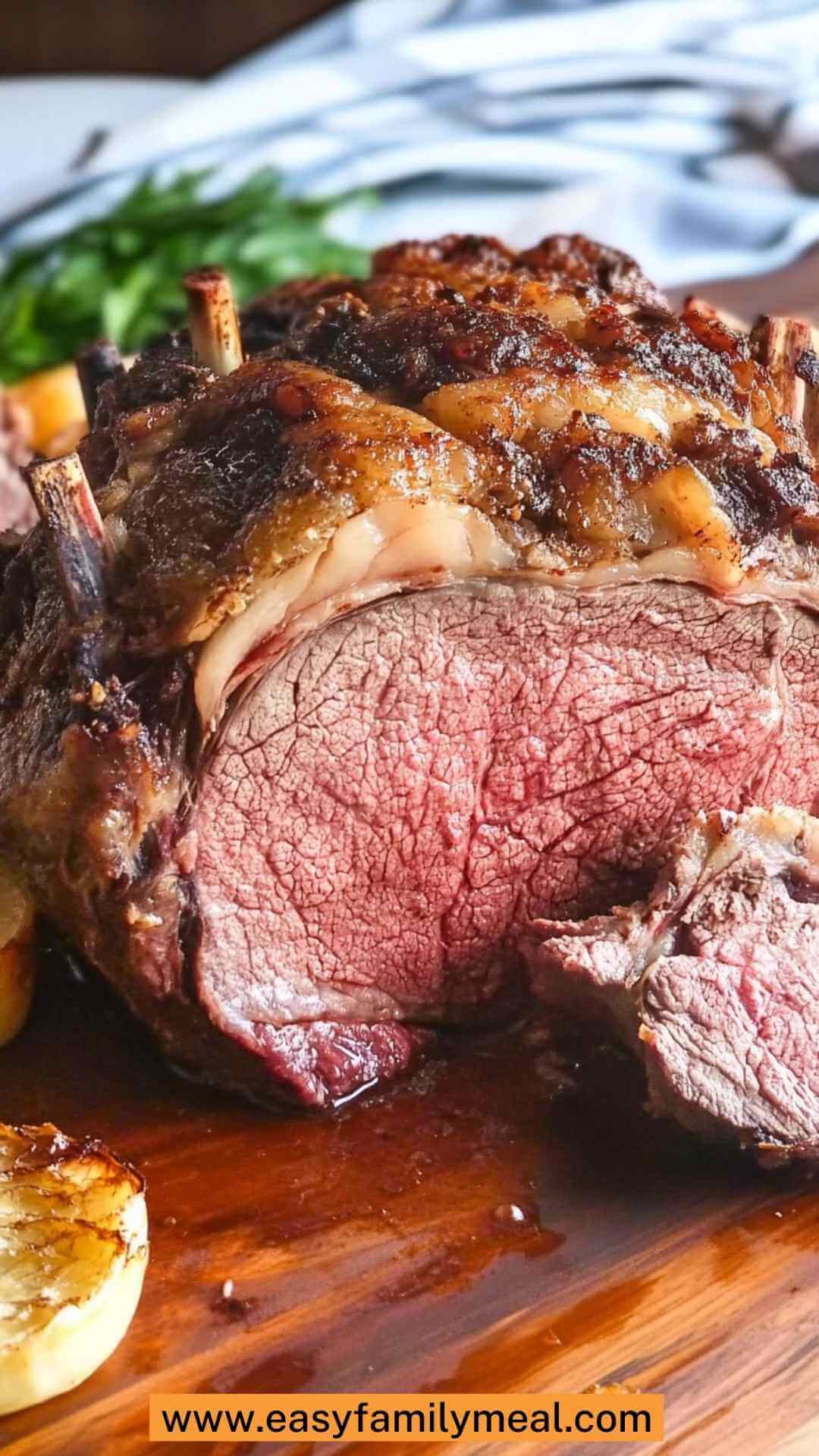
Conclusion
In the end, a perfect prime rib roast is more than just a meal; it’s a celebration on a plate. Whether it’s for a holiday, anniversary, or a simple weekend dinner, this dish is bound to impress.
With the right technique and a bit of love, you’ll bring a culinary masterpiece to your table. Happy cooking, and may your dinner bells ring long into the evening!
You’ll also like the following recipes!
- Quick Potluck Copycat Recipe
- How to Make Easy Vegetable Fried Rice With Egg
- Best Healthy Chicken Philly Cheesesteak Recipe
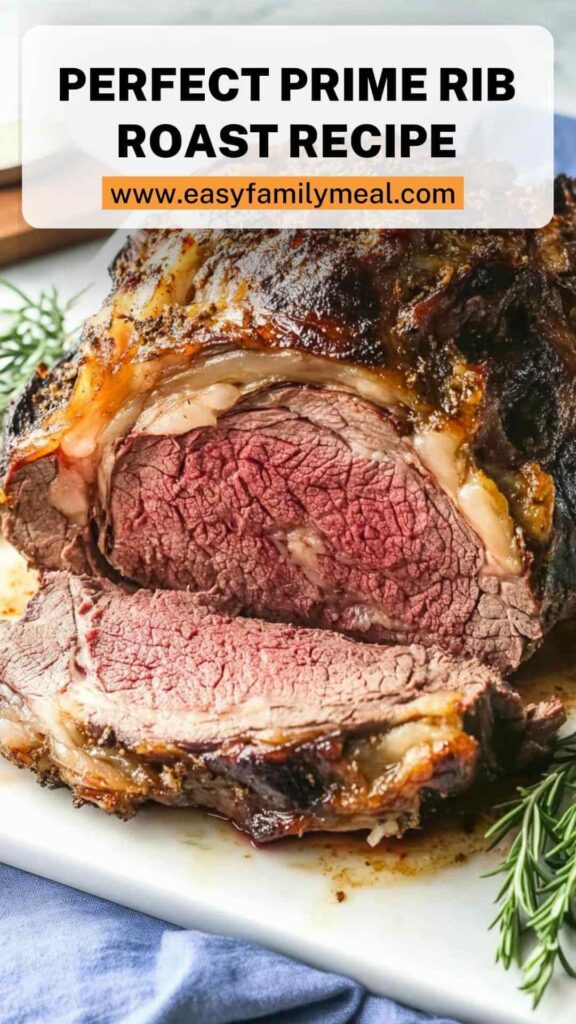
Perfect Prime Rib Roast Recipe – Easy Family Meal
Description
Gather 'round, meat lovers and Sunday dinner enthusiasts! If you’ve ever dreamed of a main course that steals the show, let me introduce you to the perfect prime rib roast. This succulent cut of beef has been the centerpiece of festive banquets and cozy family gatherings for generations.
But what makes it stand out among other cuts? The answer lies in its tenderness, rich flavor, and that irresistible crust. I’ll walk you through not just how to cook it but why it’s worth every minute of preparation.
Ingredients
Instructions
Step 1: Preheat the Oven
-
Set your oven to 450°F (232°C). Preheating ensures that your roast gets immediately sealed, locking in juices.
Step 2: Prepare the Butter Mixture
-
In a bowl, mix the softened butter, black pepper, smoked paprika, garlic powder, and Italian herbs. This is where the magic begins. You want everything to blend until it's a smooth consistency.
Step 3: Season the Meat
-
Pat the prime rib roast dry using paper towels. Then, generously apply the butter mixture all over the meat. Don’t skip this part; it’s crucial for both flavor and crust.
Step 4: Create Your Cooking Setup
-
Place the roast on a rack in a roasting pan. Ensure it’s bone-side down, which helps to insulate the meat during cooking.
Step 5: Initial Roasting
-
Put the roast in the preheated oven for 15 minutes. This initial high heat creates a beautiful sear. After 15 minutes, reduce the temperature to 325°F (163°C) without opening the oven door.
Step 6: Slow Roast
-
Continue cooking the roast for about 1.5 hours for a medium-rare finish. Use a meat thermometer to track progress. Aim for an internal temperature of 130°F (54°C).
Step 7: Resting Period
-
Take the roast out of the oven and let it rest for at least 20 minutes. This resting time is non-negotiable as it allows juices to redistribute throughout the meat, ensuring no one ends up with a dry bite!
Step 8: Carve and Serve
-
Once rested, carve the roast into thick slices. Serve with your favorite sides and enjoy the showering of compliments.
Nutrition Facts
Servings 4
- Amount Per Serving
- Calories 1752kcal
- % Daily Value *
- Total Fat 148.4g229%
- Saturated Fat 62.5g313%
- Cholesterol 354mg118%
- Sodium 97289mg4054%
- Total Carbohydrate 6g2%
- Dietary Fiber 1g4%
- Protein 92g184%
* Percent Daily Values are based on a 2,000 calorie diet. Your daily value may be higher or lower depending on your calorie needs.
Note
- Choose your roast wisely: Look for good marbling and avoid any that appear too dry.
- Bring the meat to room temperature: This step helps it cook evenly.
- Use a meat thermometer: Trust it to avoid overcooking.
- Resting is key: Don’t skip the resting step; it makes a huge difference.
- Save the bones: They can be used for delicious broth later.


